Calathea Roseopicta Tissue Culture
$5.13
Calathea Roseopicta plant is unique species of perennial herbaceous perennial native to Eastern Brazil, growing in the thick underbrush of the rainforests. It grows up from a small rhizome, reaching a height of about 30-60cm (12 to 21 inches) and reaching a diameter of about 100cm (4 feet). It has about oval green leaves with a purple-red underside and the upper surface is covered with fine white hairs, and sometimes, it grows purple flowers.
Out of stock
SKU: CAHROS800105105T
Category: Tissue culture
Calathea Roseopicta Plants Growing Tips And Benefits
- This Calathea Roseopicta plant grows mostly on soil that contains calcium, iron, manganese, and potassium (calcium carbonate). Although the plant blooms in the spring, it may also be grown throughout the year on clay, silt, or sand. The flowers usually bloom in late August but early June is also considered a good time to plant the plant for the flowers to open in late July.
- The leaves of this Calathea Roseopicta plant are long and oval and resemble a crab’s claws. The petals contain tiny white flowers that bloom in May. The plant has three flowers per flower spore; however, it may also have four flowers if it has a male flower. Flowers of Calatheas can also be found at about the same time as flowers of the Calathea Makoyana plant.
- One of the most interesting characteristics of the Calathea Roseopicta plant is its resistance to diseases. It can be grown without repeating, especially in areas where moisture is scarce. However, proper drainage is very important so that water drains away from the root base. When repotting the Calathea Roseopicta plant the pot should be made with a drainage hole of at least one-half the length of the root system.
- Calathea Roseopicta plants are very beautiful and they provide beautiful displays when they are planted on fences and walls, and even outside their pots. They are also perfect for planting in containers. You can plant a Calathea Roseopicta plant in small containers, or a large one, or container, but you should remember that they do not do well in large pots.
- Before planting the Calathea Roseopicta plant make sure that it gets enough sun and that there is ample water in the soil. You can put it in a small pot or a larger one, but if you do, you will have to water more often than you would in a large pot. Watering them too much will cause your Calathea Roseopicta plant to rot, so water the plant only a little bit before putting it in the pot.
- After it has been reported, you can plant the Calathea Roseopicta plant, into the same pot as the ones you were growing them in before or put them in a separate pot so that the roses do not fight each other. However, some people prefer to place the calathea in their pots directly in the same pot.
- And plant needs regular watering, but not as much as a rose-potted rose. It needs to be watered about twice a week.
- Calathea Roseopicta plant is an effective source of nitrogen. It can be used as a fertilizer for plants, fruits, and vegetables. It is rich in proteins that nourish cells and stimulate growth and development.
- Calathea Roseopicta plant is useful for many purposes including Digestive system support: It can be used in relieving digestive system disorders, such as irritable bowel syndrome, IBS, colitis, diarrhea, and even indigestion. It is also used in treating eczema, acne, and psoriasis. It is also an efficient laxative, diuretic, and antibacterial.
- Calathea Roseopicta plant has an excellent circulation of oxygenated blood throughout the body. This makes it beneficial for blood platelet formation. It can also be used to treat hemophilia and coronary artery disease.
- Calathea Roseopicta plant can kill cancerous cells in the body. It is also effective in killing bacteria and viruses. It helps in the digestion of food. And also contains antioxidants that help in the detoxification of the body.
- This Plant increases the absorption of calcium. It also stimulates the bone marrow and the kidneys to produce additional quantities of bicarbonate. The high potassium content of this Calathea Roseopicta plant helps to maintain blood pressure and normalize acid and alkaline balance in the body.
Be the first to review “Calathea Roseopicta Tissue Culture” Cancel reply
Related products
Tissue culture
$7.38
Tissue culture
$7.74
Tissue culture
$6.87
Tissue culture
$9.33
Tissue culture
$7.53
Tissue culture
$9.33
Tissue culture
$7.74
Tissue culture
$7.53

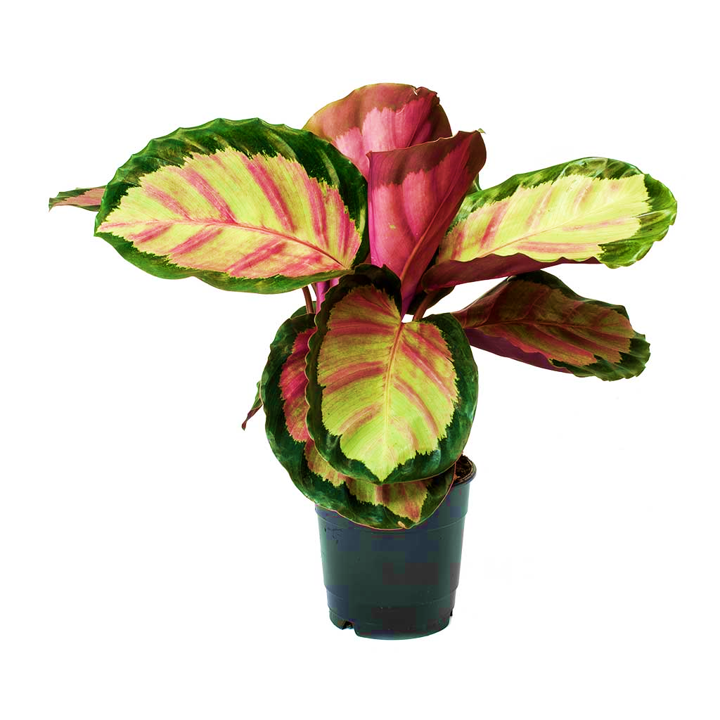


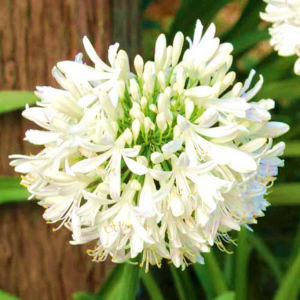
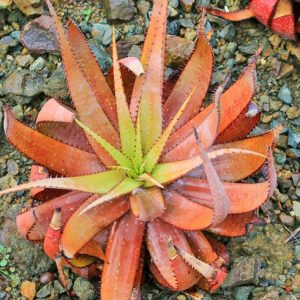
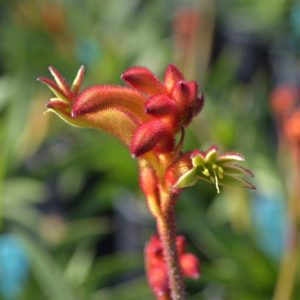
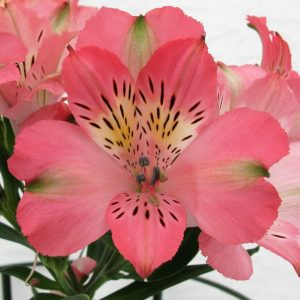
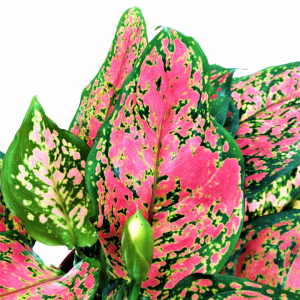
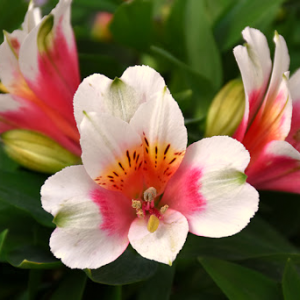
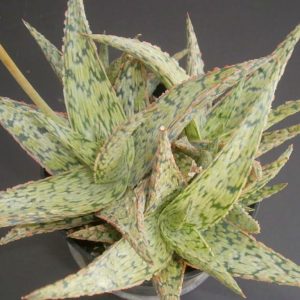
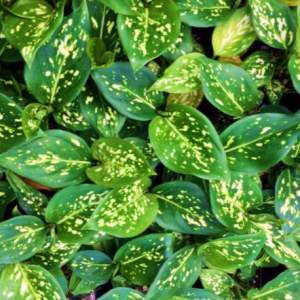
Reviews
There are no reviews yet.